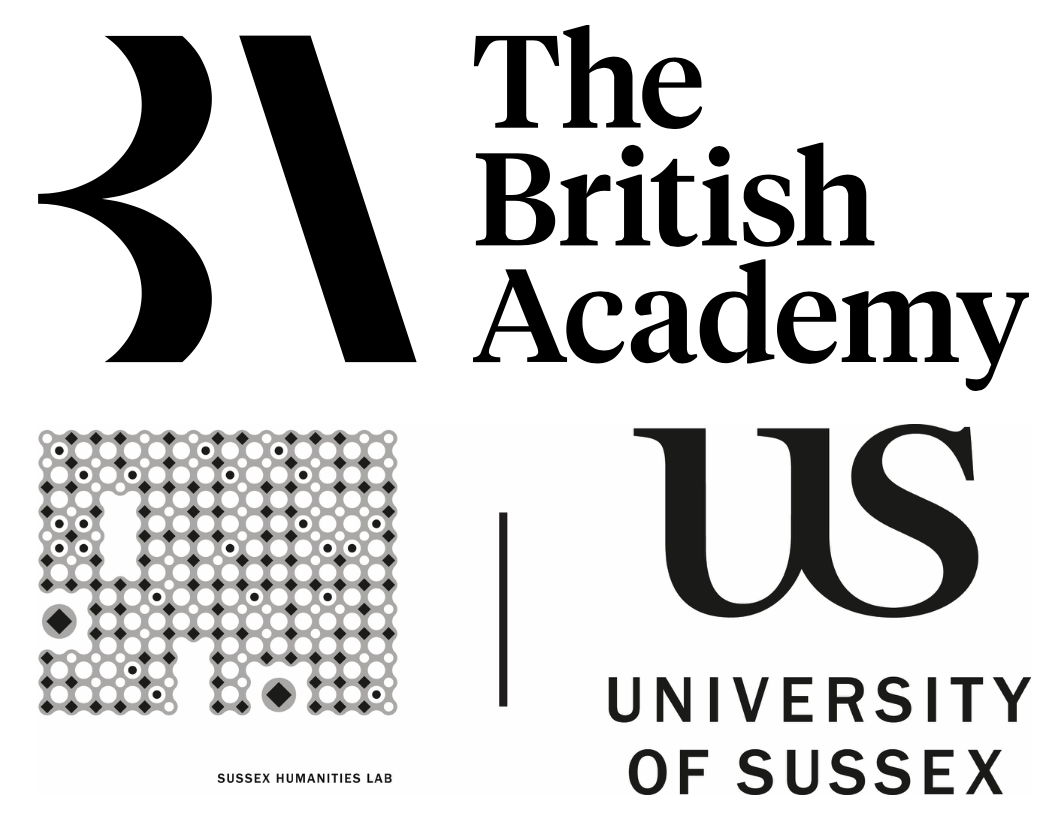Curatorial Voice

Curatorial Voice: legacy descriptions of art objects and their contemporary uses
Our follow-on project “Legacies of Catalogue Descriptions and Curatorial Voice: Opportunities for Digital Scholarship” has now been funded by the AHRC! For details go to cataloguelegacies.github.io
This 12-month project demonstrated how new knowledge about the curation and the content of image collections can be generated through computer-assisted analysis of curatorial art descriptions. Our focus was a catalogue of 1.5 million words written by the historian M. Dorothy George between 1935 and 1954 to describe 12,552 Georgian satirical prints. A novel mix of computational and art historical methods facilitated a comprehensive account of such material. This was the basis for addressing questions about George’s curatorial voice and, more generally, about the authorial voice of institutions in art historical discourse and the contemporary role of legacy descriptions in indexing and understanding image collections. Workshops with art historians, curators and digital Galleries, Libraries, Archives and Museums (GLAM) professionals served to promote digital research around image collections and to form a consortium for ongoing research.
People
Curatorial Voice was a Sussex Humanities Lab project led by James Baker, Senior Lecturer in Digital History and Archives, School of History, Art History and Philosophy, University of Sussex. James has a background in the history of the printed image, archival theory, art history, and computational analysis. He is author of The Business of Satirical Prints in Late-Georgian England (2017), the first monograph on the infrastructure of the satirical print trade circa 1770-1830.
The project Co-I was Andrew Salway, Research Fellow in Digital Humanities, School of Media, Film and Music, University of Sussex. Andrew has 20 years’ experience of digital text mining and corpus linguistic methods in humanities research, and of project management. He previously applied corpus linguistic techniques to analyse the informational content of audio description (Salway, 2007) and co-developed a generalized system of image-text relations (Martinec and Salway, 2005).
Simon Wibberley, Research Fellow in Digital Humanities and member of the Text Analytics Group (TAG Lab) at the University of Sussex, provided expertise in text classification during two ‘sprints’ that used Method52 as a classification framework.
Publications
Papers
- James Baker and Andrew Salway, ‘Curatorial labour, voice and legacy: Mary Dorothy George and the Catalogue of Political and Personal Satires, 1930–54’, Historical Research (2020)
- Andrew Salway and James Baker, ‘Investigating Curatorial Voice with Corpus Linguistic Techniques: the case of Dorothy George and applications in museological practice’, Museum & Society (2020)
Datasets
- Baker, James, & Salway, Andrew. (2019). Creation of the BMSatire Descriptions corpus (Version v1.0). Zenodo. doi.org/10.5281/zenodo.3245037 (Creative Commons Attribution Non Commercial Share Alike 4.0 International)
- Baker, James, & Salway, Andrew. (2019). Corpus Linguistic Analysis of the BMSatire Descriptions corpus [Data set]. Zenodo. doi.org/10.5281/zenodo.3245017 (Creative Commons Attribution Non Commercial Share Alike 4.0 International)
Events
Our first event - ‘Defining Curatorial Voice’ - took place 26-27 February 2019. See the event page for further details.
Our second event - ‘Using Curatorial Voice’ - took take place on 18 June 2019. See the event page for further details.
Funding
Curatorial Voice was funded under the British Academy Digital Research in the Humanities Grants scheme. The project is live between 1 September 2018 and 30 September 2019).
Open
This project is licensed under a Creative Commons Attribution 4.0 International License (exceptions: logos and marked images). Unless otherwise stated, project code is licensed under a GNU General Public License v3.0. As the Catalogue of Political and Personal Satires Preserved in the Department of Prints and Drawings in the British Museum is a dataset published by the British Museum, data and derived data are licensed under a Creative Commons Attribution-NonCommercial-ShareAlike 4.0 International (CC BY-NC-SA 4.0) license.